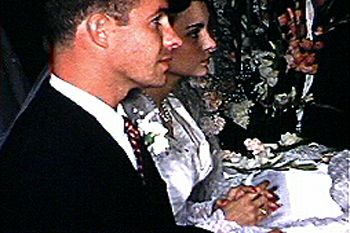
The first table shows how the same film looks using our 4 different processes. You can see that the difference can be significant for our Louisville customers.
The second table presents a case for scanning 8mm and Super 8 film at 2K resolution. In the past year we have done 20 comparisons. Contrary to popular belief, we do see a noticeable difference in quality between our Pro HD and Pro 2K process on 8mm and Super 8 film.
In general it is recommended that you scan at or above the resolution of the film. For 8mm and Super 8 that means scanning at HD or 2K.
8mm And Super 8 Film Louisville |
|
SD Scan
|
|
Pro HD Scan
|
|
Pro 2K Scan
|
|
Pro 4K Scan
|
|
Film Resolution |
|
Resolution of Film |
|
Film Grain
|
|
Film Grain vs Digital Pixel
|
|
Louisville Fun Facts: Louisville, Kentucky is the largest city in the state and the sixteenth largest in the country. Louisville has 90 other attractions, 17,000 hotel rooms, and 2,500 restaurants to satisfy visitors and residents alike. The city was founded in 1778 by George Rogers Clark and named after King Louis XVI. It lies on the Ohio River near the border with Indiana.
Kentucky Fun Facts: Frontiersman Daniel Boone was one of Kentucky’s most prominent explorers and many immigrants followed the trail he blazed through the Cumberland Gap, known as the Wilderness Road. Although it sided with the Confederacy during the Civil War, the population was deeply divided, and many Kentucky residents fought for the North. Known primarily as an agricultural area into the 20th century, Kentucky is also a major U.S. coal producer andsite of the U.S.military bases Fort Knox and Fort Campbell.











